Table of Contents
The order of adjectives in English follows a specific pattern that can seem tricky at first. Understanding this order helps your sentences flow naturally, making your writing clearer.
This post will describe the rules step-by-step, making it easy for beginners to learn and apply. Knowing the correct order of adjectives is a valuable skill for effective communication in English, especially for students starting on their language-learning journey.
Order Of Adjective
The order of adjectives refers to the sequence in which multiple adjectives are placed before a noun. Adjectives in English do not just appear randomly; they follow a specific pattern. Getting the order wrong can make your sentence sound awkward and confusing to native speakers. Here is the standard order:
- Opinion (e.g., beautiful, ugly)
- Size (e.g., large, small)
- Age (e.g., old, new)
- Shape (e.g., round, square)
- Color (e.g., blue, green)
- Origin (e.g., American, Chinese)
- Material (e.g., wooden, metal)
- Purpose (e.g., cooking, sleeping)
A beautiful large old round blue Chinese wooden cooking pot.
Comparison of Adjectives
Adjectives can be used to compare nouns in three different forms: positive, comparative, and superlative. Each form serves a specific purpose in providing context about the qualities of the nouns being compared.
Positive Form:
The base form of an adjective used to describe a noun without making a comparison.
- Example: The car is fast.
Comparative Form
It is Used to compare two nouns, indicating that one has more or less of a certain quality than the other. For most one-syllable adjectives, add -er. For adjectives with two syllables ending in -y, change the -y to -i and add -er.
For other two-syllable adjectives and those with three or more syllables, use more or less before the adjective.
Examples:
- My car is faster than your car. (one-syllable adjective)
- This task is easier than that one. (two-syllable adjective ending in -y)
- Her dress is more beautiful than mine. (three-syllable adjective)
Superlative Form
It is Used to compare three or more nouns, indicating that one has the highest or lowest degree of a certain quality. For most one-syllable adjectives, add -est. For adjectives with two syllables ending in -y, change the -y to -i and add -est.
For other two-syllable adjectives and those with three or more syllables, use the most or the least before the adjective.
Examples
- This is the fastest car in the race. (one-syllable adjective)
- She is the smartest student in the class. (two-syllable adjective ending in -y)
- That was the most interesting book I’ve ever read. (three-syllable adjective
Order of Adjectives Examples
To solidify your understanding, here are some sentences using multiple adjectives:
- She wore a gorgeous long red silk dress.
- They live in a large modern Spanish house.
- I bought a tiny old wooden chair.
- He drove a fast new electric car down the highway.
- I bought a new, sleek, silver laptop last week.
Notice how the adjectives follow the established order, making the sentences easy to read and understand.
Rules for Using Order of Adjectives
Follow the Order of Adjectives:
Always arrange adjectives according to the established order: quantity, opinion, size, age, shape, color, origin, material, purpose.
- Two lovely small red apples.
- Several interesting ancient Greek sculptures.
Use Commas for Coordinate Adjectives:
If two or more adjectives equally describe the same noun and can be joined with “and,” separate them with commas.
- It was a long, exhausting journey.
- She wore a bright, colorful dress.
Avoid Overuse:
Using too many adjectives can clutter your sentence. Aim for clarity and conciseness.
- The old, dusty, antique, wooden chair can be simplified to the antique wooden chair.
- A delicious, warm, homemade pie could simply be a warm homemade pie.
Hyphenate When Necessary:
When adjectives combine to modify a noun, use hyphens to clarify their relationship.
- A well-known author.
- A state-of-the-art facility.
You May Also Like

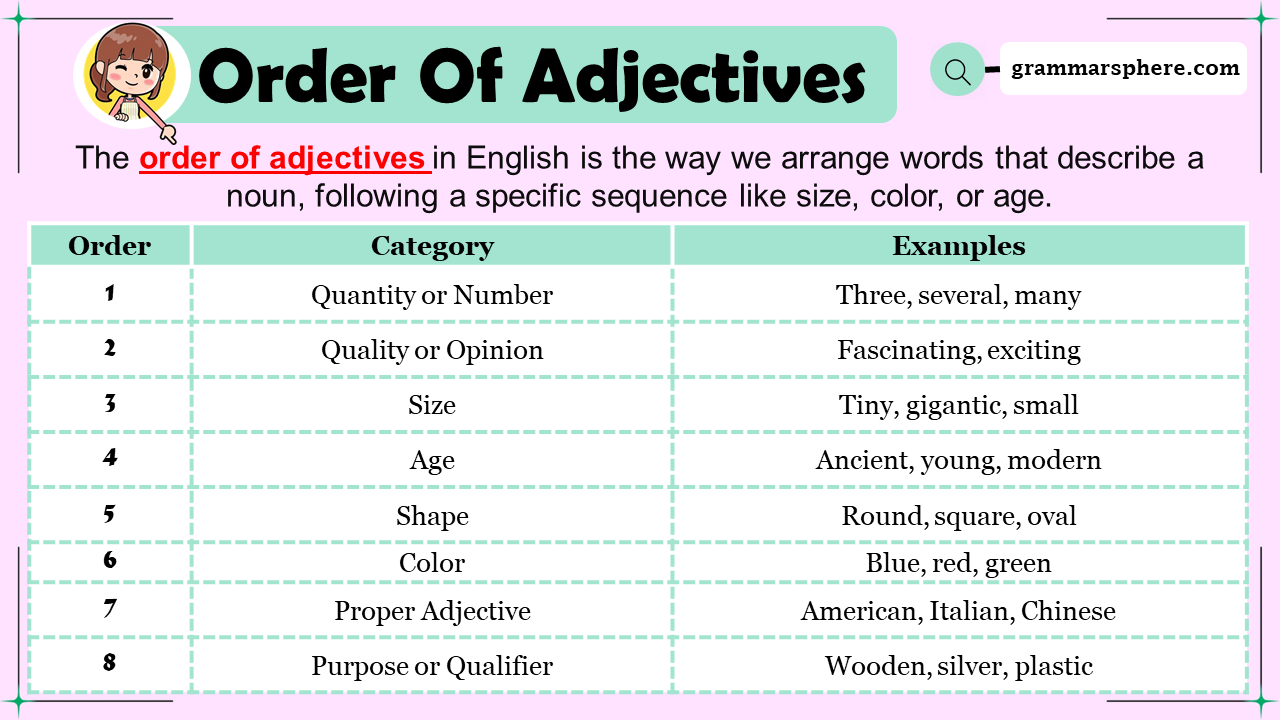
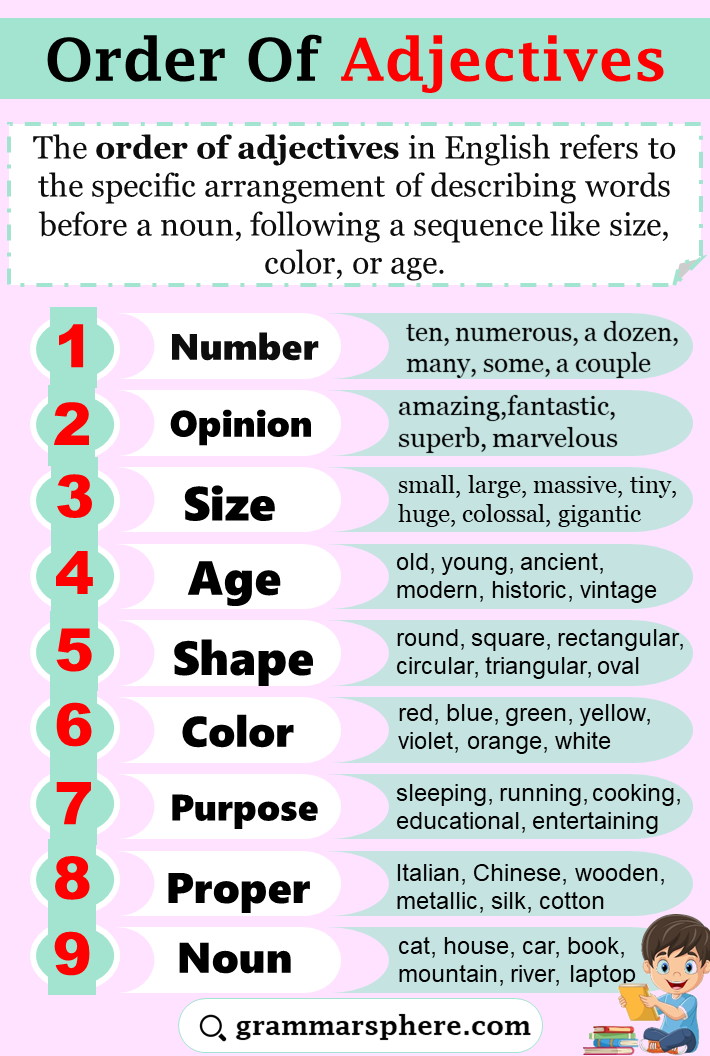
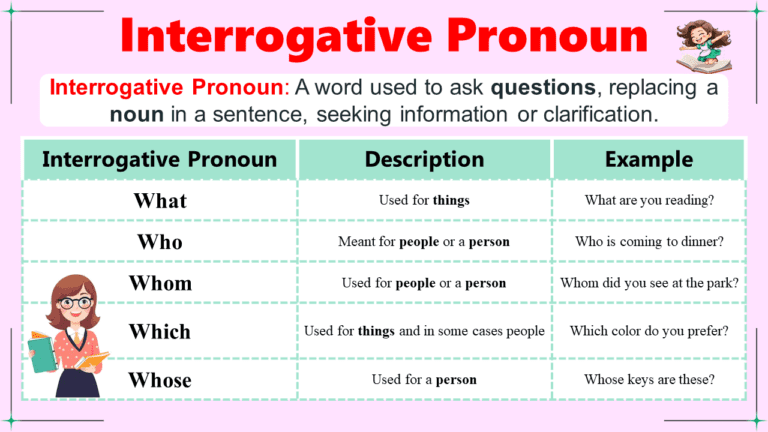
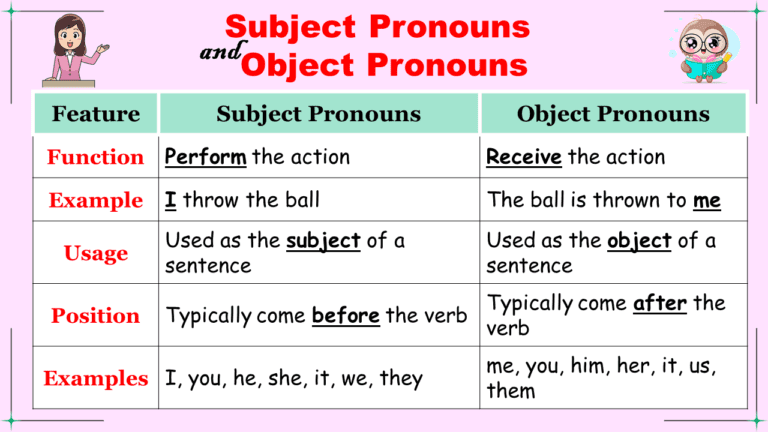
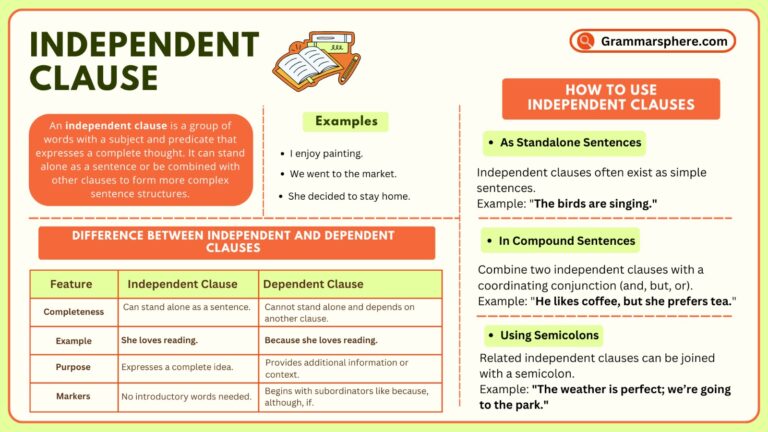
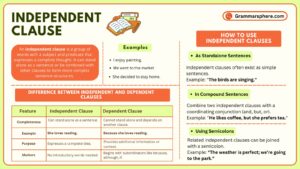
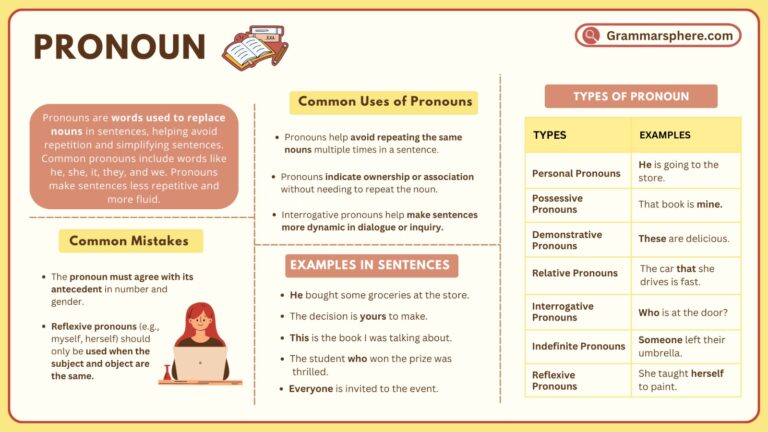
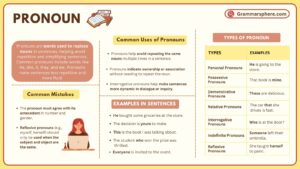
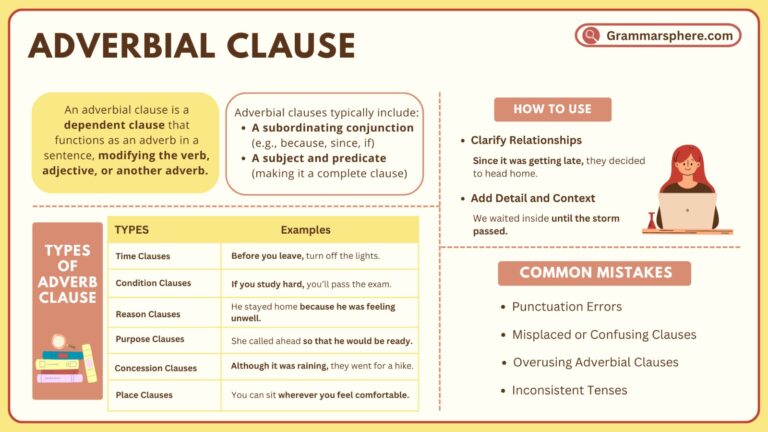
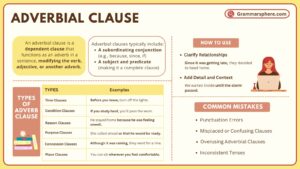
Leave a Comment